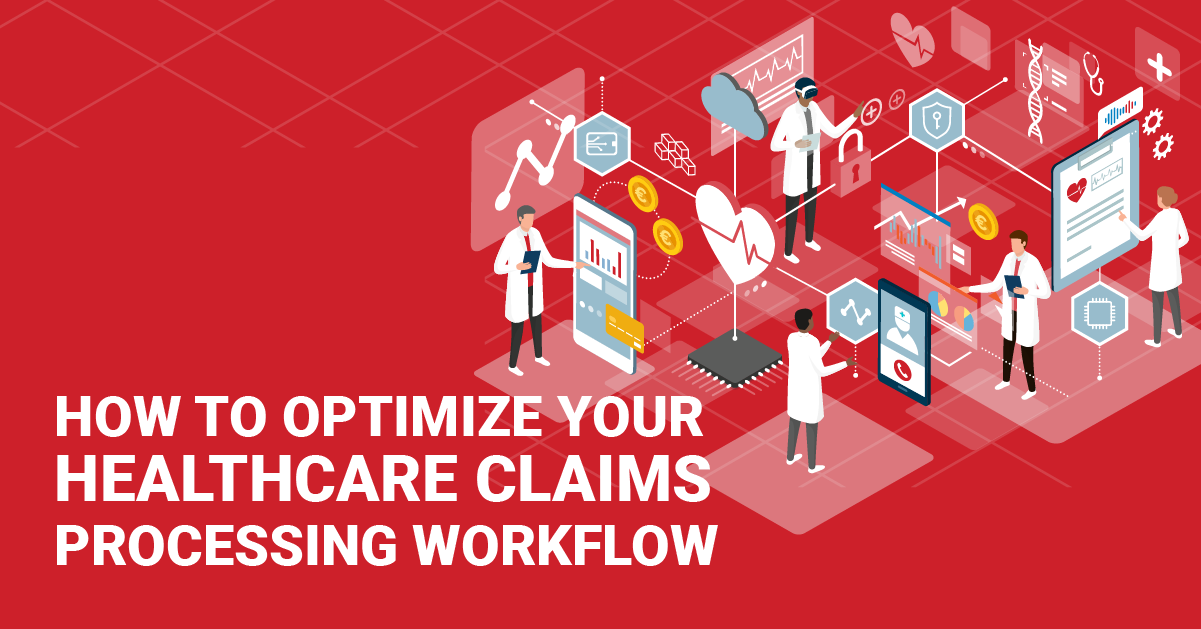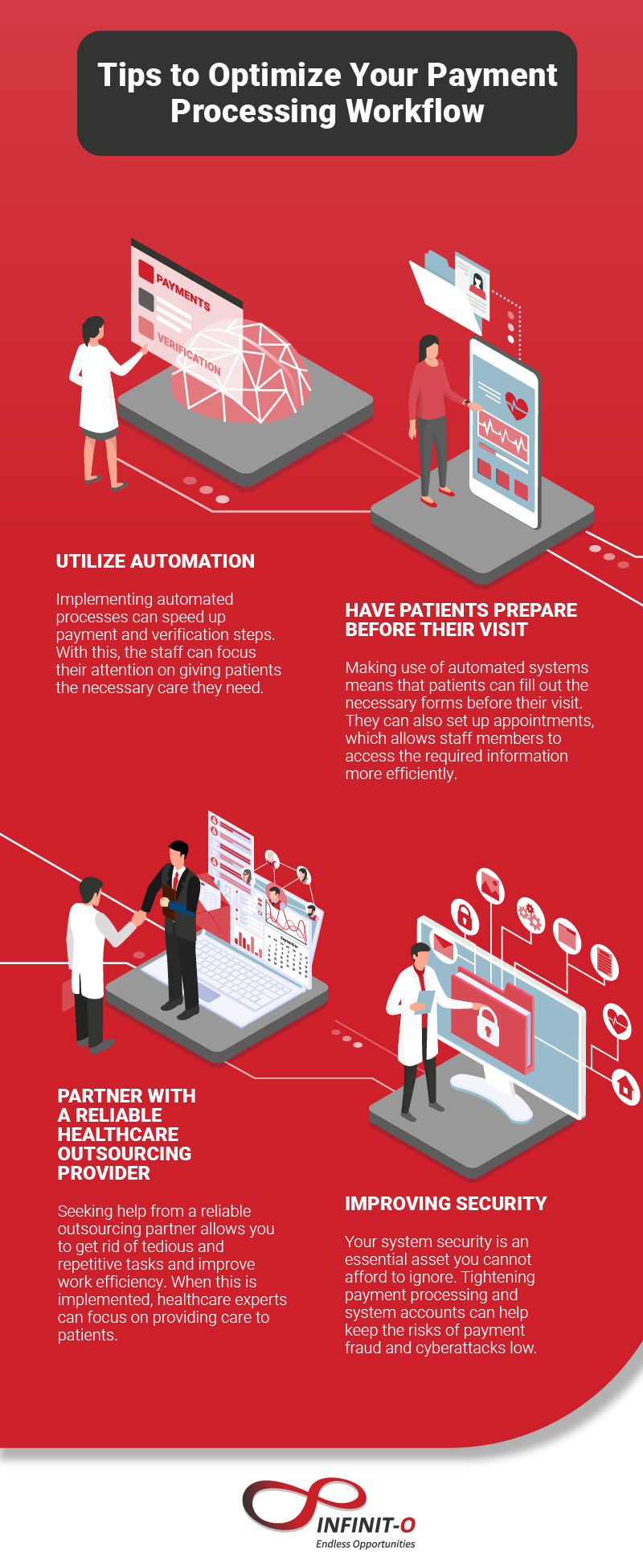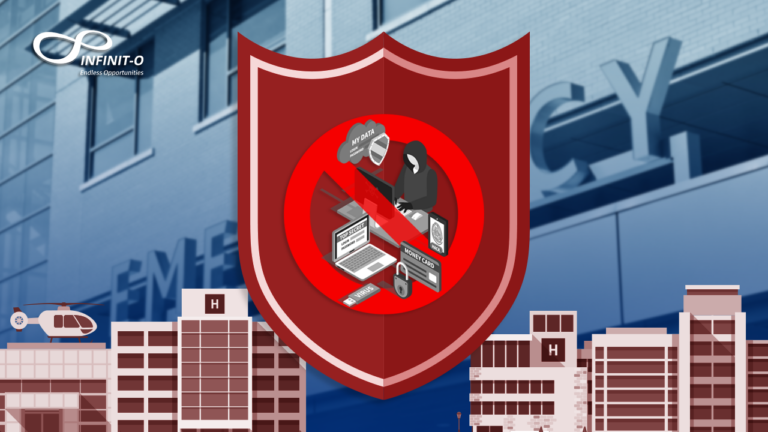How to Optimize Your Healthcare Claims Processing Workflow

Managing healthcare claims is one of the most challenging aspects of the modern-day healthcare industry. Not only is it a tedious process, but it is also costly for several insurance companies and private investors. In addition, total digitalization is still an unrealistic expectation in several countries due to the issues these systems typically face regularly.
Despite its common challenges, claims processing is still an essential aspect for healthcare companies and their patients. In addition, customers prefer digital and user-friendly interfaces due to their convenience and ease of use. This makes it all the more necessary to optimize procedures and make them as frictionless as possible.
Outsourcing claims processing tasks with the right company can help you stay ahead of the curve and make your workflow more efficient. To get a head start, this article will show you how partnering with the right healthcare business solutions provider can benefit your medical practice.
Benefits of a Streamlined Healthcare Payments Workflow
Having a streamlined healthcare payment system allows your business to build a consistent system that increases overall efficiency. Additionally, you can also enjoy these other benefits.
1. Better patient experience
Electronic payments and processing allow healthcare teams to provide quick services to patients in need. Gathering the necessary data can also be done more efficiently and accurately each time a doctor or patient requires them. As a result, the overall experience improves for both parties, which can significantly increase workflow output.
2. More accurate patient records
With automated medical billing, there is less risk of human error, allowing administrative teams to save records of a patient’s condition accurately. The data saved in the system records can also be easily accessed by select teams for quick updates and reference checks.
3. Lower costs spent on erroneous claims
Checking manually inputted data can be time-consuming and inefficient. With an automated system, a patient’s record and where edits can be made can immediately be found and synced to the main database. Simultaneously, this process reduces the budget for operational and labor costs, which can be allocated to other departments.
4. Speed up the revenue cycle
Healthcare teams can use this system to quickly determine the status of payments, audit trails, and other costs in real-time. As a result, insurance eligibility can be verified instantly, and the necessary information is provided accurately.
5. Ensure patient data security
Electronic processes grant added security when completing a transaction. This can protect you from payment fraud, cybersecurity attacks, and other electronic interferences that may expose valuable information and credentials.
6. Better relationships with patients and insurance partners
With a streamlined healthcare payment process, your relationships with your suppliers can significantly improve. Settling payments early can now be easier and benefits both parties through early pay discounts and faster transactions.
7. Rebates on AP Spend
Depending on the payment structure implemented, you can earn a chance to get rebates from accounts payable (AP) spend, which allows you to turn it into profit. With an automated payment process, healthcare organizations can reduce overall costs while lessening the risk of scams or frauds.

Top Challenges to Having a Streamlined Medical Billing Workflow
While a streamlined billing workflow is meant to help speed up processes, it is yet to reach perfection, and here’s why.
1. Getting patients more involved in the process
Implementing a new streamlined billing workflow can be challenging when your patients are not informed of protocols and operating procedures. This issue can slow down processes and make it difficult for hospitals to collect full payments from bills that the patient has not settled.
2. Human error in billing
Mixing up data is a common problem that can occur when staff members are overwhelmed with files. In some cases, the information collected from a patient may also be incorrect.
3. Untrained staff
Most automated systems require some knowledge on how to operate them properly. If a staff member is not familiar with the technology, the risks of errors and mishandling of information increase.
4. Lack of monitoring
Balancing key duties while monitoring healthcare claims can often stretch a healthcare worker thin. As a result, many hospitals end up not having proper methods to track their systems. When paired with an old system, finding an efficient way to deal with backlog can be difficult.
5. Lack of technology
Automating billing workflow is a pricey expense that not many hospitals can afford to invest in. As a result, many hospitals still use outdated systems that are both inefficient and time-consuming.
6. Inefficient financial policy
Having no concrete financial policy can create inconsistency in your system that leads to confusion and possible losses. When no proper procedure is regulated, both the hospital and its patients can experience significant losses.

Tips to Optimize Your Payment Processing Workflow
There are several ways on how businesses can optimize their payment processing workflow, such as:
1. Utilize automation
Take advantage of the available technology as much as you can and work on fully automating your system. This will allow you to take more control over healthcare claims and increase overall work efficiency.
2. Have patients prepare before their visit
Set up an automated system that allows patients to fill in forms before their visit to avoid wasting time. This opportunity can also be taken to automate appointment scheduling and have the necessary information that patients need online.
3. Partner with a reliable healthcare outsourcing provider
Working with a reliable third-party service provider grants your team more mobility and flexibility to focus on providing essential care to patients. It also eliminates the need for handling tedious and repetitive tasks.
4. Improving security
Optimizing your standard operating procedures indicates that you should also improve the overall security of your system. This is to prevent cyberattacks in the future that may put your accounts and sensitive data at risk.

Staying one step ahead
In the age of technology, automation has been one of the most significant advances in the healthcare industry. Digital systems allow you to access information from a large database at any time in a matter of seconds. Additionally, partnering with the right outsourcing group, such as Infinit-O, further improves workflow efficiency without sacrificing operational excellence.
Start small. Exceed expectations. Think infinitely. Think Infinit-O.







This site is protected by reCAPTCHA and the Google Privacy Policy and Terms of Service apply.